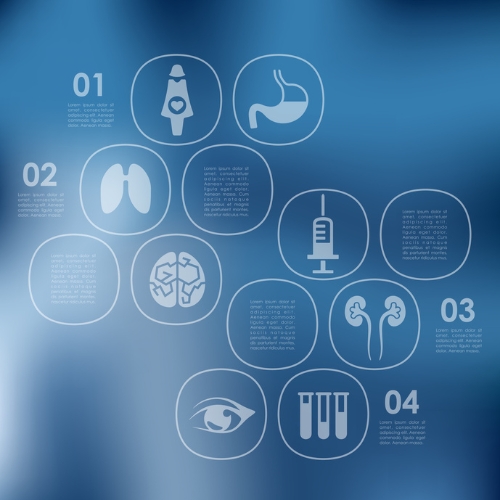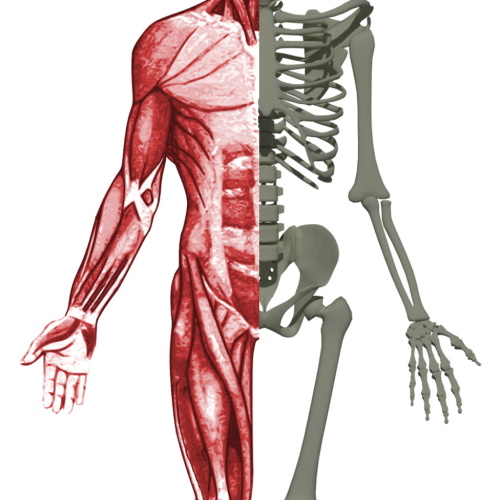Key points from article :
Serious injuries result in a volumetric muscle loss (VML), muscle's ability to recover is greatly diminished.
A research team devised a novel protocol for artificial muscle regeneration.
Effective treatment of VML in a mouse model by employing direct cell reprogramming with a natural-synthetic hybrid scaffold.
Rapid generation of patient-specific target cells using autologous cells from the tissue biopsy.
Polycaprolactone (PCL), was chosen for the fabrication of a porous scaffold.
Incorporated decellularized muscle extracellular matrix hydrogel into the PCL structure.
Bioengineered muscle fiber constructs showed mechanical stiffness similar to that of muscle tissues.
Muscle regeneration with increased innervation and angiogenesis.
Facilitated the functional recovery of damaged muscles.
"Further studies are required to elucidate the mechanisms... to empower the clinical translation" - Seung-Woo Cho, lead author.
Research by IBS, Yonsei University, and MIT published in the Journal Advanced Materials.







